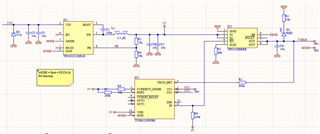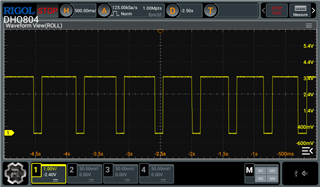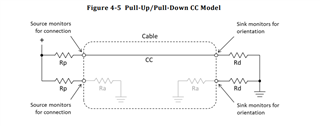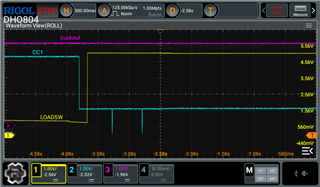Other Parts Discussed in Thread: TUSB320EVM
Tool/software:
Hello support,
I designed very simple 5v usbC source with TPS563212DRLR buck converter.
CC channel is controlled with TUSB321. CURRENT_MODE = 10k pullup, PORT = 200k pullup.. With ID pin the load switch is controlled. From usbC cable I connect the yellow wire to only CC1pin. CC2 is not use.
Load switch TPS2556DRBR. ILIM resistor = 40k
The device works. But in my opinion not properly. Because my mobile is charged only with 5W, so 1A. And I set the CURRENT_MODE to 3A. When I connected usb PD charger with 5V/3A support the mobile phone request on CC communication 5v/3A from source. Below is the screenshot what my mobile request from USB PD source adapter.

Also, I tried to decode the TUSB321 CC line with USB PD decode but this is not available, right?
Any suggestion?
Thank you
Martin














